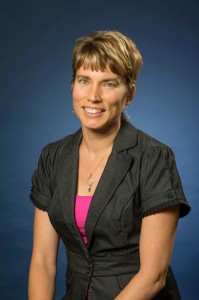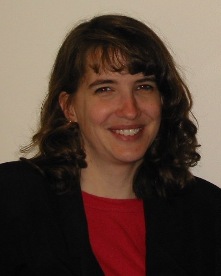Todd Swanson – Hope College
I’ve had students complete projects in my introductory statistics course for at least 20 years. My expectations, requirements, and outcomes have evolved much over this time including how the data are gathered, what type of data I allow to be gathered, and how the project is presented. Things that were acceptable years ago are not acceptable now. The projects have become more and more like real research and the move in this direction has certainly been aided by using a simulation-based curriculum. [pullquote]Projects now reflect the real research studies that we explore in class every day. [/pullquote] Continue reading





 The Catalyst Group, University of Minnesota
The Catalyst Group, University of Minnesota Tim Erickson, Mills College
Tim Erickson, Mills College

